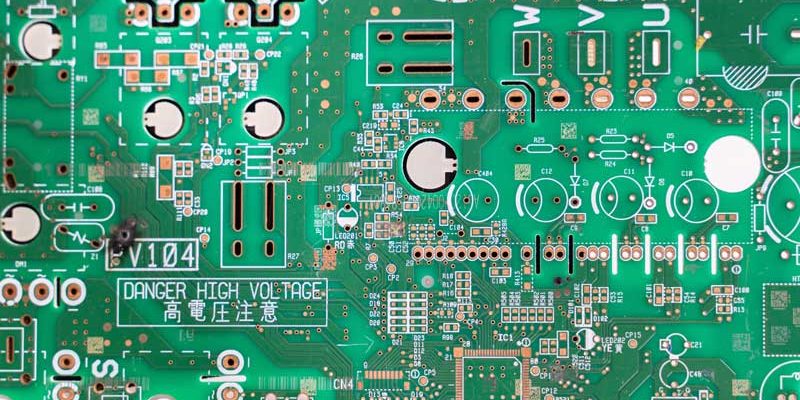Because the CNC machine tool system has the characteristics of high precision, fast speed, high efficiency, safety and reliability, it is more and more widely used in the equipment manufacturing industry. CNC machining usually refers to computer digital control precision machining, CNC machining lathes, CNC machining milling machines, CNC machining boring and milling machines, etc. Hardware parts processing is to process raw materials (stainless steel, copper, aluminum, iron, etc.) into various parts according to customers’ drawings or samples, such as: screws, Motor shafts, model car parts, fishing tackle accessories, speaker product casings, mobile power casings, etc. According to ISO regulations, five-axis machining uses a right-handed Cartesian coordinate system when describing the movement of CNC machine tools; the coordinate axis parallel to the main axis is defined as the z axis, and the rotation coordinates around the x, y, and z axes are A, B, and c. CNC machine tool is an automatic machine tool with an industrial control system, which can make the machine tool move and process parts according to the programmed program. The system integrates machinery, automation, computer and measurement. From the aspects of displacement, position, speed, pressure, temperature and tool wear monitoring, etc., the sensor should be used in the CNC machine tool control system.
The sensors mainly used in CNC machine tools include photoelectric encoders, linear gratings, proximity switches, temperature sensors, Hall effect sensors, current sensors, voltage sensors, pressure sensors, liquid level sensors, resolvers, inductive synchronizers, speed sensors, etc. It is used to detect position, linear displacement and angular displacement, speed, pressure, temperature, etc.
CNC machine tool requirements for sensors
The sensors of CNC machine tools usually meet the following conditions:
(1) High reliability and strong anti-interference ability;
(2) Satisfy the requirements of precision and speed;
(3) Easy to use and maintain, suitable for machine tool operating environment;
(4) Low cost.
Different types of CNC machine tools have different requirements for sensors. Generally speaking, large-scale machine tools require high-speed response, while medium-sized and high-precision CNC machine tools mainly require precision.
Detection of displacement
Displacement detection sensors mainly include pulse encoders, linear gratings, resolvers, inductive synchros, etc.
1. Application of pulse encoder
A pulse encoder is an angular displacement (speed) sensor that converts mechanical rotation angles into electrical pulses. Pulse encoders can be divided into three types: photoelectric encoders, contact encoders and electromagnetic encoders, among which photoelectric encoders are widely used.
2. Application of linear grating
Linear gratings are made by using the phenomenon of light transmission and reflection, and are often used for displacement measurement. Compared with photoelectric encoders, they have higher resolution and higher measurement accuracy, and are suitable for dynamic measurement.
In the feed transmission, the grating ruler is fixed on the bed, and the pulse signal generated by the grating ruler directly reflects the actual position of the carriage. The servo system using grating position detection is a fully closed loop control system.
3. Application of resolver
A resolver is an induction micromotor whose output voltage is a continuous function of angular displacement. A resolver consists of a stator and a rotor, specifically, it consists of an iron core, two stator windings, and two rotor windings. Its primary winding and secondary winding are on the stator and rotor respectively, and the degree of electromagnetic coupling between the primary winding and the secondary winding is related to the rotation angle of the rotor.
In synchronous servo systems and digital servo systems, resolvers can be used to transmit rotation angles or electrical signals, and can also be used to calculate functions in devices, so they are also called resolvers.
Resolvers generally have two structural forms: bipolar winding and quadrupole winding. The stator and rotor of the two-pole winding resolver have one pair of magnetic poles respectively, and the four-pole winding has two pairs of magnetic poles respectively, which are used in high-precision detection systems. In addition, there are multi-pole resolvers for high-precision detection systems.

